 Square Enix’s SaGa Emerald Beyond () launches worldwide tomorrow for iOS, Android, PS5, PS4, Switch, and Steam making it the series’ first worldwide simultaneous multi-platform launch as far as I’m aware. Read my preview of it here. Ahead of tomorrow’s launch, I had a chance to talk to three Square Enix veterans and legends: Akitoshi Kawazu (Director and Lead Writer), Kenji Ito (Composer), and Tomokazu Shibata (Battle Director) about SaGa Emerald Beyond and more.
Square Enix’s SaGa Emerald Beyond () launches worldwide tomorrow for iOS, Android, PS5, PS4, Switch, and Steam making it the series’ first worldwide simultaneous multi-platform launch as far as I’m aware. Read my preview of it here. Ahead of tomorrow’s launch, I had a chance to talk to three Square Enix veterans and legends: Akitoshi Kawazu (Director and Lead Writer), Kenji Ito (Composer), and Tomokazu Shibata (Battle Director) about SaGa Emerald Beyond and more.
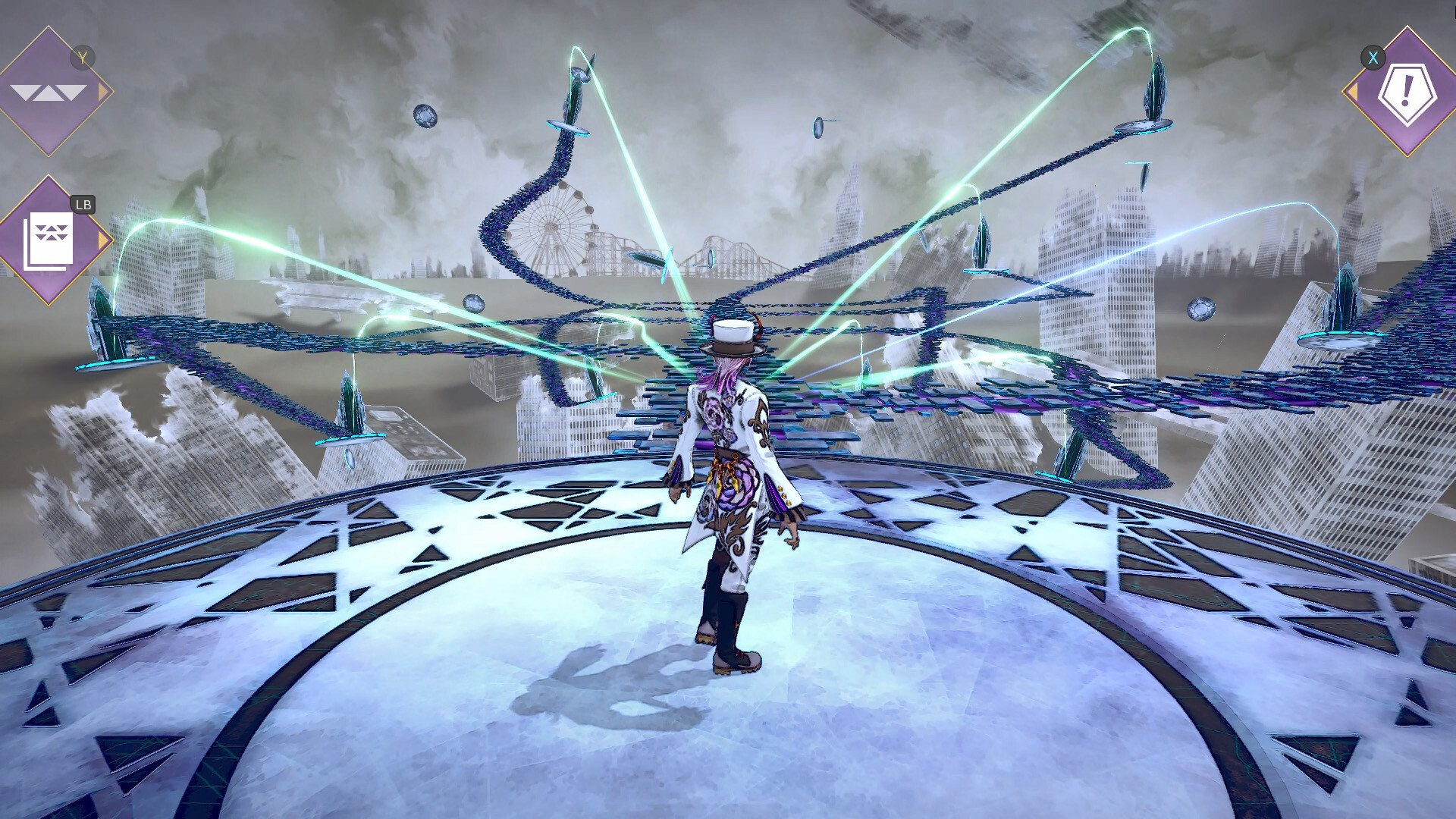
TouchArcade (TA): I don’t know how you do it, but thank you for giving us so many amazing SaGa games in recent years across remasters and ports leading into this new title. This is the first time a SaGa game has had a worldwide simultaneous multi-platform launch. Can you comment on how the SaGa games have done outside Japan and what led to wanting to do a global launch here?
Akitoshi Kawazu (AK): Due to the fact that the Game Boy titles were treated as a spinoff of the FINAL FANTASY series and the Super Famicom “Romancing SaGa” was not released overseas, the SaGa franchise is not as well-known overseas as it is in Japan. On the other hand, the PlayStation titles “SaGa Frontier” and “SaGa Frontier 2″ have their own dedicated fanbases. I believe there are many gamers around the world who enjoy the worldview and characters that are so important to the SaGa franchise. We want these gamers to be able to play a game with the distinctive characteristics of the SaGa franchise. That is the goal of the worldwide simultaneous launch with SaGa Emerald Beyond.
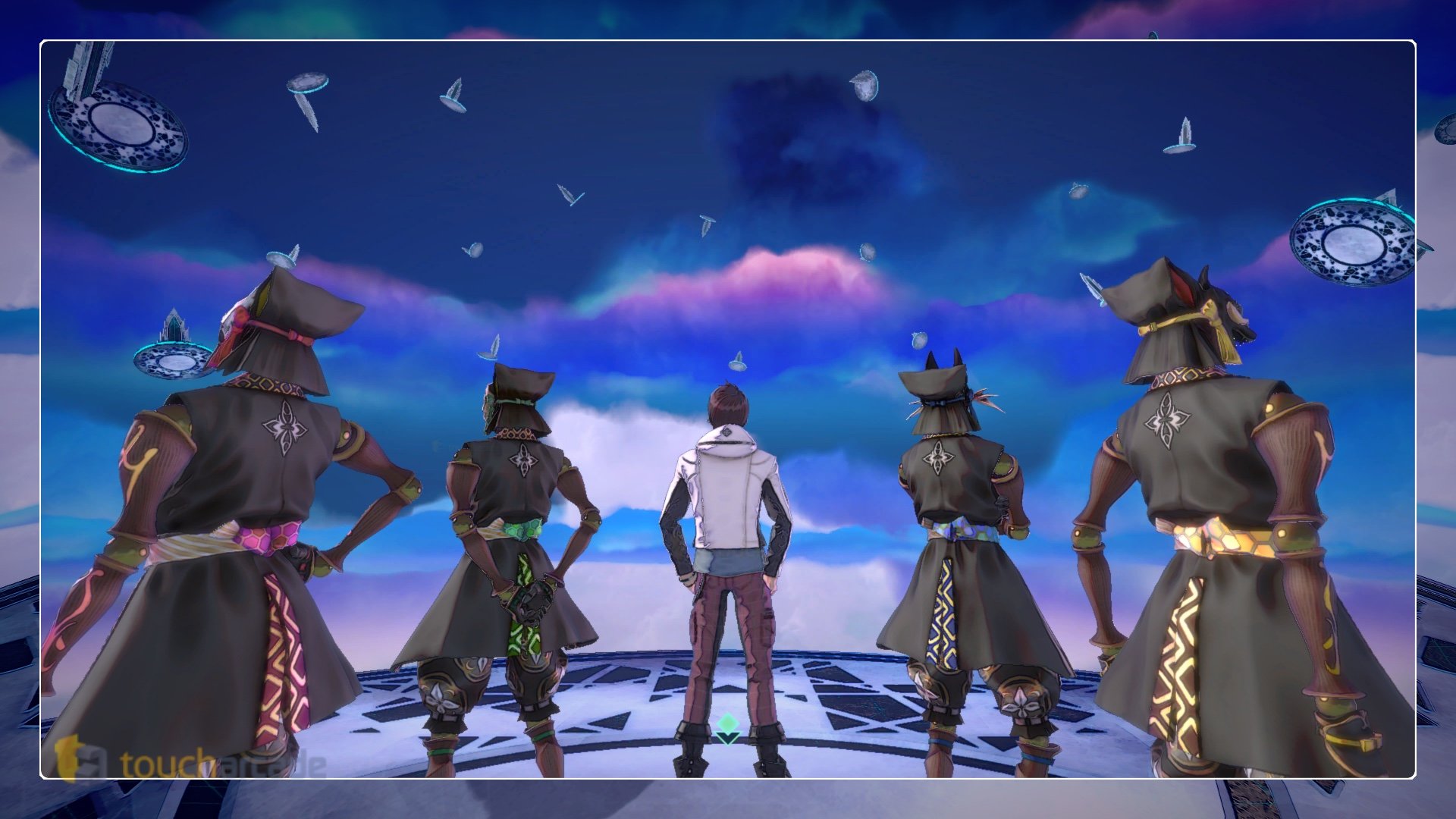
TA: SaGa Scarlet Grace on PS Vita was enhanced for modern platforms, and that version also saw a global release. What feedback from that release and recent remasters, did you take into account while working on SaGa Emerald Beyond’s narrative and structure?
AK: In “SaGa SCARLET GRACE,” many fans most enjoyed the game’s distinctively SaGa-like qualities. Perspectives that differ for each protagonist, plentiful NPCs, and the variety of adventures and stories they yield – I believe these are the unique characteristics and strengths of SaGa that no other game offers. In this title, we focused on creating even more unique worlds with amusing NPCs and protagonists for players to enjoy their adventures. The highly strategic battles were also well received, so we have further refined the timeline battles in SaGa Emerald Beyond.
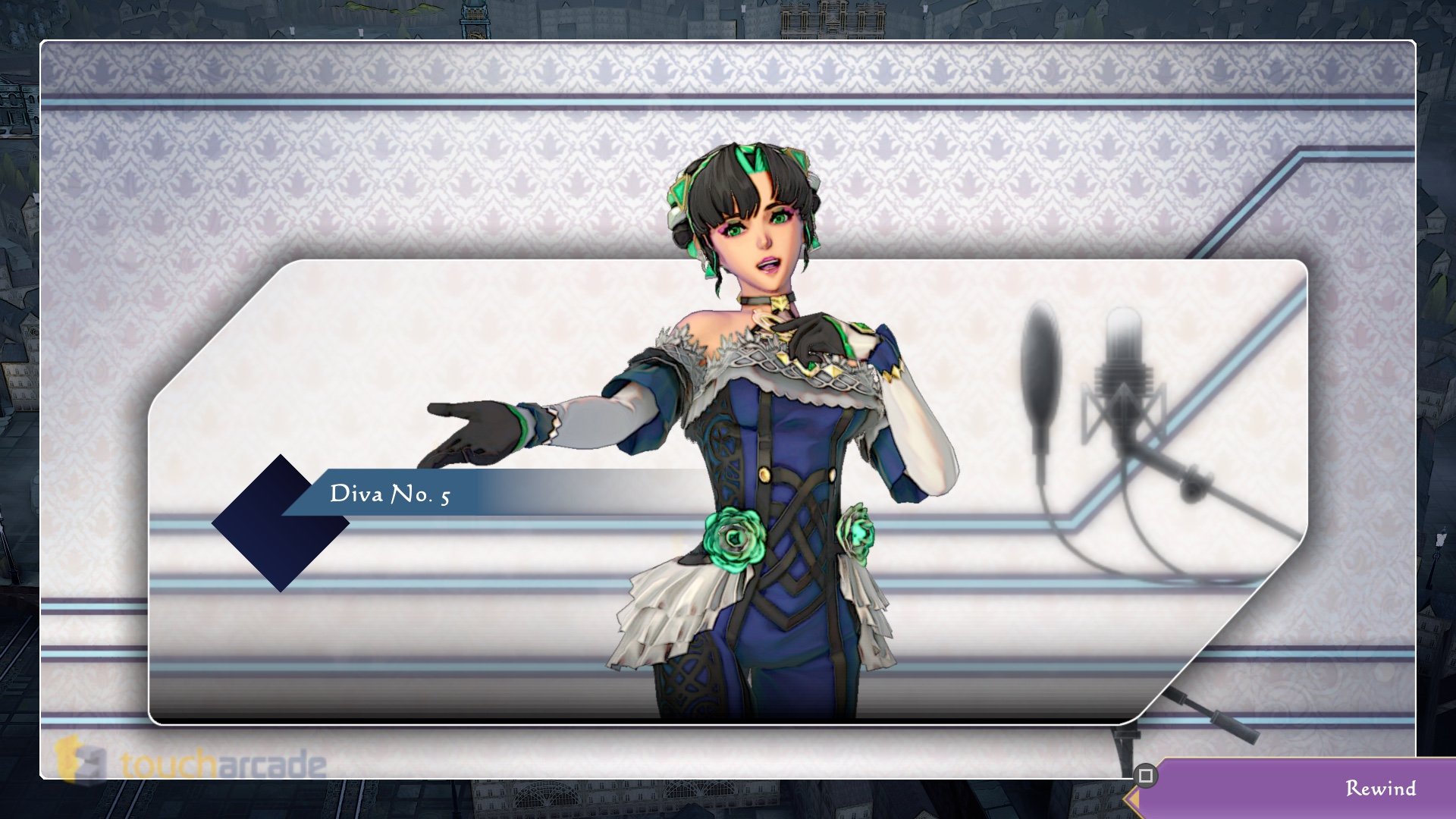
TA: When you start planning a composition and get to recording, how do you decide which combination of modern and classical instruments or live and synthetic instruments to use? As an example, Urpina’s (battle theme from SaGa Scarlet Grace: Ambitions).
Kenji Ito (KI): The way I start out with my composition is building an overall structure using only the piano, which I then arrange upon. I select the instruments to tell a story as I proceed with the arrangement, so it isn’t something that I’ve already decided from the beginning.
TA: Having now played SaGa Emerald Beyond, I can safely say it has an amazing soundtrack that is quite varied across the different characters. Since this game covers many cultures, how did you approach integrating said cultures into the music and did you use any references from those cultures?
KI: We developed the worldview by interpreting the characters’ origins, appearances, fashion, and core principles, and imagining what kind of personalities, thoughts, and speech patterns they would have.
Tsunanori has jazz elements, Siugnas is bewitching, Bonnie & Formina have a detective drama car chase vibe, Diva No.5 is techno, and so on.
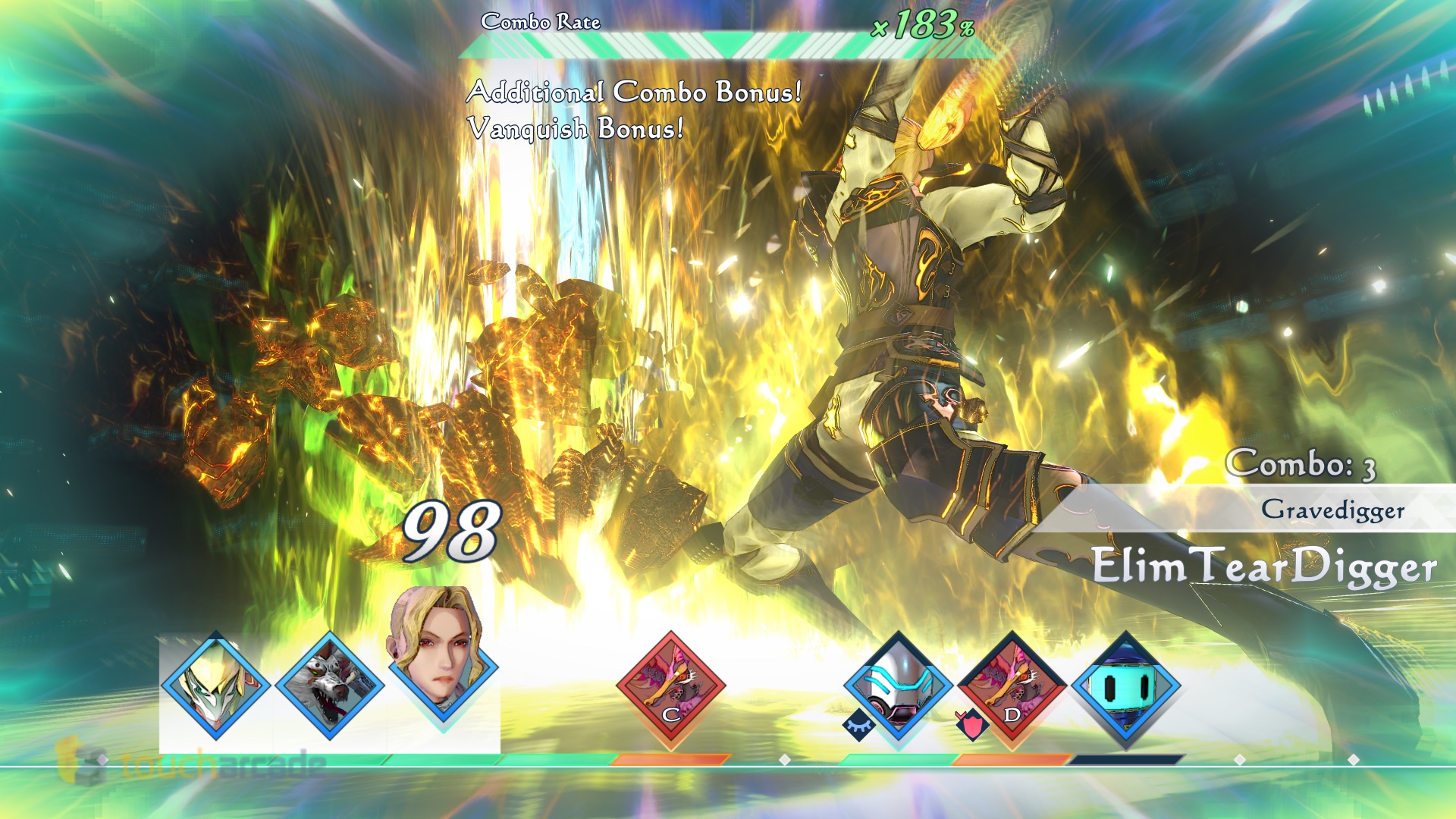
TA: When I played SaGa Scarlet Grace: Ambitions, I was very impressed by the excellent combat system. Emerald Beyond builds on that. What learnings from prior SaGa titles and prior games you worked on like Kingdom Hearts III and FF16 did you bring to this title?
Tomokazu Shibata (TS): SaGa Emerald Beyond’s battle system is based on “SaGa SCARLET GRACE,” but the specifications and formulas have been completely redesigned. This is because while we understood that “SaGa SCARLET GRACE” was well received (and the enhanced “SaGa SCARLET GRACE: AMBITIONS,” which was released in the west), we were concerned that merely recreating it would not receive similar acclaim. We’ve also tried to reimagine the command RPG with a new line of thought, breaking free from the conventional ideas of what a command RPG should be. The most obvious example of this is the elimination of means of healing and revival, which allowed us to create dense and concentrated battles without redundancy.
We have also carefully examined and considered the battle systems of past SaGa titles. The challenge was how to incorporate the combos of “SaGa Frontier” and the dramatic United Attack battle system of “SaGa SCARLET GRACE” into this title, and we consolidated these elements into battles involving overdrives and showstoppers. I think we have created a battle system that combines both strategy and unpredictability.
The know-how gained from action games was not utilized much in this game design, but our experience of working on “KINGDOM HEARTS III” was reflected in the way our staff was managed and how we were able to adapt to pressure.
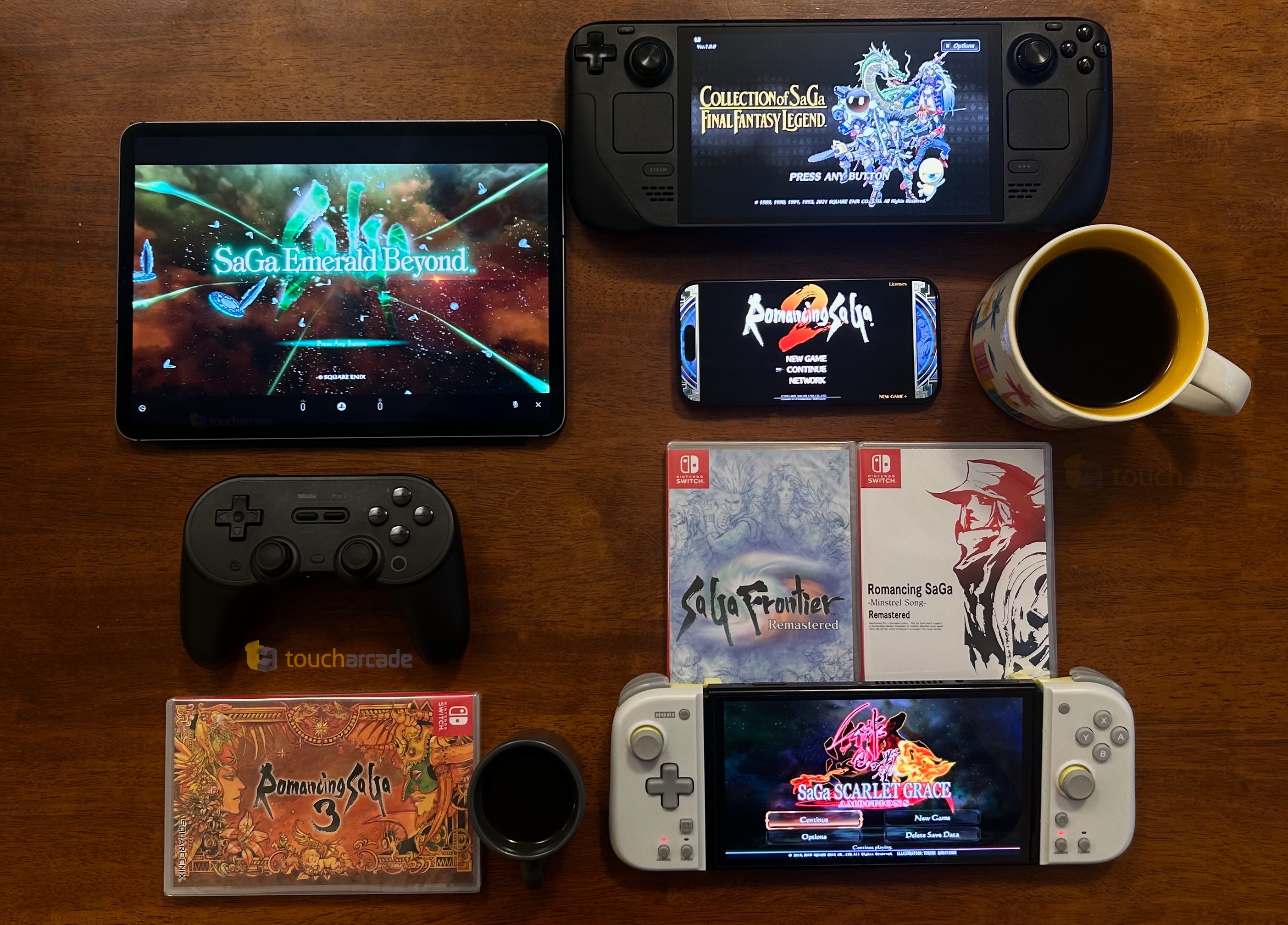
TA: How do you like your coffee?
AK: No sugar, no milk. I drink very hot coffee.
TS: I grind the beans and drink it black. Even if I’m busy, I’ll take some time to carefully pour myself a cup.
I’d like to thank Akitoshi Kawazu, Kenji Ito, Tomokazu Shibata, and Jordan Aslett for their time and help here.
You can keep up with all our interviews here including our recent ones with Dave Oshry of New Blood, Digital Extremes for Warframe mobile, Team NINJA, Sonic Dream Team, Hi-Fi Rush, Pentiment, and more. As usual, thanks for reading.
>>> Read full article>>>
Copyright for syndicated content belongs to the linked Source : TouchArcade – https://toucharcade.com/2024/04/24/saga-emerald-beyond-interview-akitoshi-kawazu-kenji-ito-soundtrack-tomokazu-shibata-battle-combat-coffee/






























